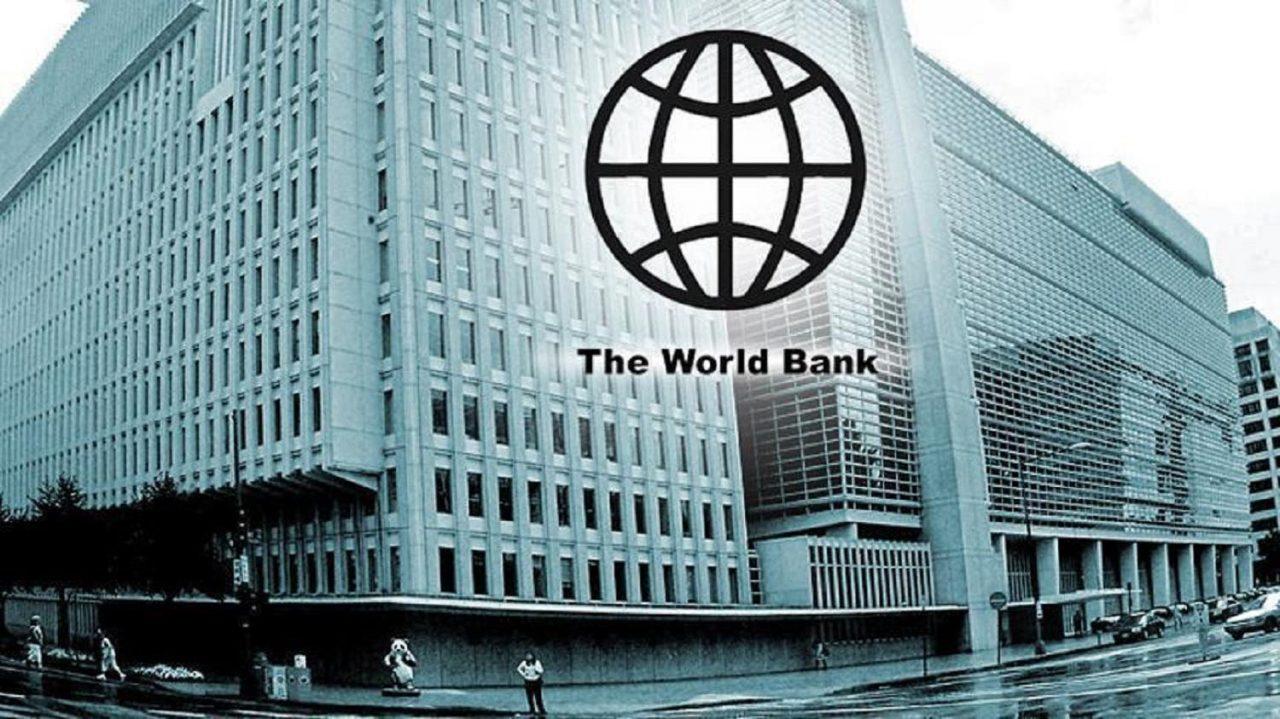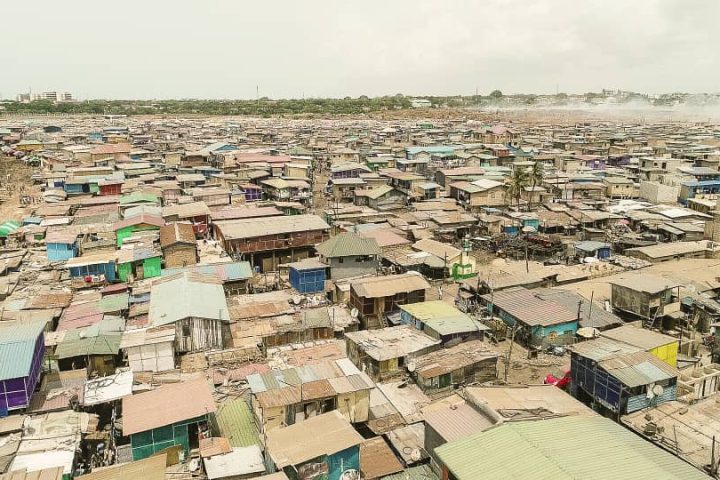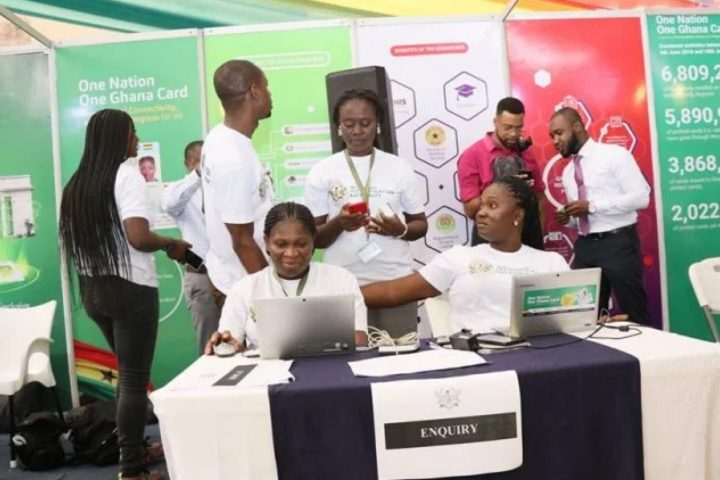Nigeria has emerged as the undisputed champion of remittances in Sub-Saharan Africa for 2022, capturing a staggering $20.1 billion, according to the latest report from the World Bank titled “Remittances Remain Resilient But Are Slowing.”
This figure accounts for a whopping 38 percent of the entire remittance flow into the continent, surpassing countries like Ghana (11.9 percent), Kenya (8.5 percent), Tanzania (25 percent), Uganda (17.3 percent), and Rwanda (21.2 percent).
Join our WhatsApp Channel“The increase in remittance flows to the region supported the current accounts of several African countries dealing with food insecurity, supply chain disruptions, severe drought (Horn of Africa), floods (in Nigeria, Chad, Niger, Burkina Faso, Mali, and Cameroon), and debt-servicing difficulties,” the report stated.
While the significance of remittances for Sub-Saharan Africa is undeniable, it’s worth noting that the broader global perspective tells a story of gradual growth. Remittance flows to low-and middle-income countries (LMICs) reached $647 billion in 2022 but are projected to inch up by just 1.4 percent to $656 billion in 2023.
READ ALSO: Nigerian Stock Market: Sunu Assurance, Berger Shine In Downturn
For the world as a whole, the projection stands at $840 billion in 2023, with a further increase of $18 billion expected in 2024.
Commenting on the vital role of remittances, the World Bank emphasized, “Over the past year, remittances have continued to represent an even larger source of external finance for LMICs, relative to foreign direct investment (FDI), official development assistance (ODA), and portfolio investment flows.”
The report also highlighted that remittances have become the lifeblood of several countries’ economies. For instance, in Kenya, remittances have surpassed key exports, including tourism, tea, coffee, and horticulture.
The Gambia, Lesotho, Comoros, and Cabo Verde are among the nations highly dependent on remittances as a proportion of GDP.
However, amid these positive trends, Sub-Saharan Africa remains plagued by exorbitant remittance costs. The report revealed that senders had to bear an average cost of 8.0 percent to send $200 to African countries during the final quarter of 2022, compared to 7.8 percent in the same period the previous year. Costs varied widely across the region, ranging from 2.1–4.0 percent in the lowest-cost corridors to a staggering 17–35 percent in the highest.
The report pointed out that banks were responsible for imposing the highest costs, underscoring the importance of cross-border mobile money transactions. However, limited interoperability among telecom operators and money transfer operators in Kenya, Rwanda, Tanzania, and Uganda hampered the growth of such transactions.
Despite these challenges, the growth of remittance flows into Africa is expected to slow significantly, dropping to 1.3 percent in 2023 from a robust 6.1 percent in 2022.
The World Bank identified various risks to this outlook, including capital outflows, foreign exchange controls, and sanctions. However, a rebound is anticipated, with growth in remittance flows expected to recover to 3.7 percent in 2024.
Emmanuel Ochayi is a journalist. He is a graduate of the University of Lagos, School of first choice and the nations pride. Emmanuel is keen on exploring writing angles in different areas, including Business, climate change, politics, Education, and others.


















Follow Us